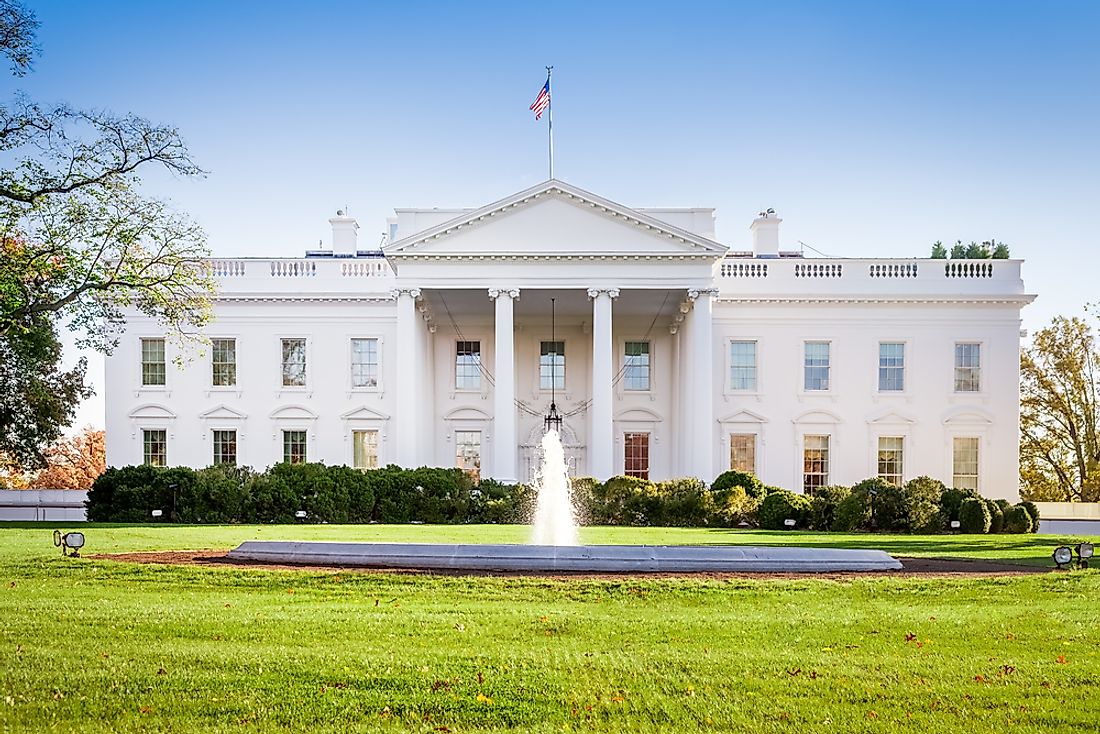How Many Years Can a President Serve?

Term limits are legal restrictions that limit the number of terms and years an elected office holder can serve in a particular office. Different countries have different term limits for presidents, the majority applying the two-term limit of which, in some areas, authoritarian regimes fraudulently increase their term limits or even scrap presidential age limits. In the US, a president can only serve for two terms of four years each. The American constitution also sets out the maximum number of years a person can serve as president to be ten years depending on how a president ascended to power. The 22nd Amendment of the American Constitution outlines the details of this arrangement. George Washington set up the two-term limit for American presidents.
Twenty-Second Amendment
According to the 22nd Amendment that Congress passed on February 27, 1951, presidents can only serve two terms of four years each for a total of eight years. However, if a person ascends to the presidency through a succession order brought about by the passing of a sitting president in the middle of a term, that person could serve for additional two years, for a total of ten years. This amendment came immediately after Franklin Roosevelt broke the two-term record and served a total of four terms as president. The amendment clearly states that no single person will ascend to the Presidency and hold the position for more than two terms, and nobody will hold the office in an acting capacity for over two years. These two years are usually to complete the incapacitated or the late president’s term.
Presidential Succession Act of 1947
In 1947, American President Harry Truman signed the Presidential Succession Act of 1947 into law, setting up the order of succession in case a sitting president dies or becomes incapacitated. In this order, those in the line of succession are the Vice President, Speaker of the House, and the President pro tempore of the Senate. If the above are not present, next in line are the Secretary of State, Secretary of Treasury, and Secretary of Defense. The Attorney General is seventh followed by the Secretary of the Interior, then Secretary of Agriculture, and Secretary of Commerce. If all of the above are absent, the Secretary of Labor, Secretary of Health and Human Services, Secretary of Housing and Urban Development, Secretary of Transportation, Secretary of Energy, Secretary of Education, Secretary of Veterans Affairs, and the Secretary of Homeland Security respectively stand in this line. In addition to this order, the US has a designated survivor who is a random person in the succession order that must be at least some physical distance away when all the members of the succession line are together to guarantee continuity of government if all the members of the order die at the same time. Such times include during Presidential inaugurations and state of the union address. The designated survivor normally receives full presidential security for the period that he or she is the designated survivor.
Importance of Term Limits
Term limits curb the potential monopoly of leaders who want to be presidents for longer than stipulated as in the case in countries like Zimbabwe, Uganda, and Rwanda, therefore, protecting democratic ideals. Generally, countries with no term limits tend to show dictatorial tendencies and are more corrupt since office holders monopolize justice systems for long and believe that they are not accountable to anybody. Term limits tend to level the political playing fields for politicians which further strengthens democracy and provide citizens with a variety of choices to make.











